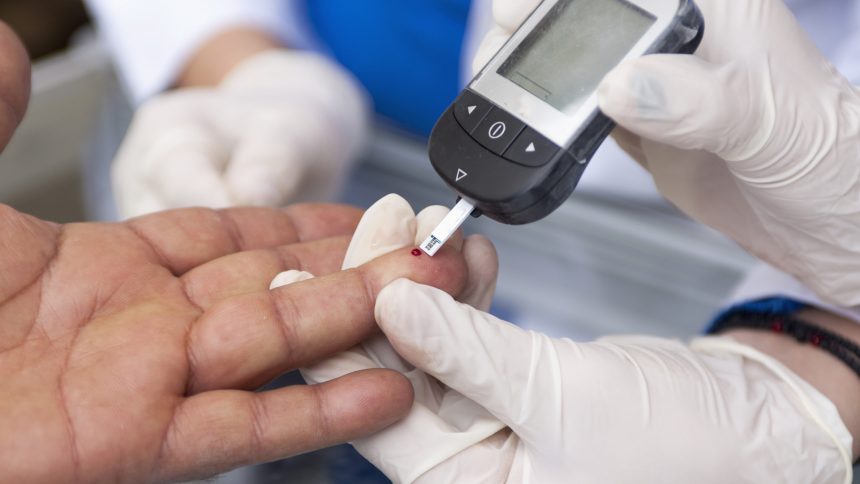Most diabetics in Africa are unaware that they have the condition, which increases the risk of serious illness and death in a region with the highest mortality rates associated with diabetes, according to the World Health Organization (WHO).
Only 46% of people living with diabetes in the African region know their condition, while worldwide the percentage is 55%.
In the African region, lack of testing facilities and equipment, inadequate number of trained health care personnel, poor access to health facilities, and lack of diabetes awareness are some of the obstacles to diabetes diagnosis.
Currently, 24 million adults are living with diabetes in Africa, a number that is projected to increase to 55 million by 2045 (an additional 129%).
In the African region, premature deaths from diabetes (occurring before age 70) are 58%, higher than the global average of 48%, while the standardized mortality rate (a mathematical adjustment of different populations to have the same structure) for diabetes is 48 per 100,000 population, more than double the global rate of 23 per 100,000.
In the region, only one in two people living with type 1 diabetes - the most common form of pediatric diabetes - have access to insulin treatment.
"One of the biggest challenges to diabetes care is the lack of diagnosis. Without testing, diabetes becomes a silent killer," said Matshidiso Moeti, the WHO regional director for Africa, quoted by Lusa.
He continued, "While countries face various barriers to fighting diabetes, the increasing prevalence of the disease is a wake-up call to strengthen health care, improve diagnosis, access to life-saving diabetes medications, and prioritize diabetes as a major health challenge."
This year's World Diabetes Day, which is being marked today under the theme "Access to Care," calls for better access to quality diabetes care, as well as the importance of prevention and response.
For the first time, countries agreed in May 2022 on key global targets to improve diabetes diagnosis, access to quality, equitable, comprehensive and affordable treatment and care.
The goals, which are stated in the WHO's World Diabetes Pact, are to identify 80% of people living with diabetes, which represents their blood pressure and blood sugar control.
In addition, countries should strive to ensure that all people diagnosed with type 1 diabetes have access to affordable self-monitoring of insulin and blood glucose and that 60% of people with diabetes, age 40 and older, have access to cholesterol-lowering medications.
People living with diabetes have a higher risk of hypertension and are prone to high cholesterol - a risk factor for cardiovascular disease - than people without diabetes.
For people living with diabetes, access to affordable treatment, including insulin, is critical to their survival.
In rural Mozambique, for example, the life expectancy for a child with type 1 diabetes is seven months.
Type 1 diabetes is due to the body's inability to produce enough insulin, a hormone that regulates blood sugar.
Between 2011 and 2021, the region saw a five-fold increase in type 1 diabetes among children and adolescents under the age of 19, with cases increasing from 4 per 1,000 children to nearly 20 per 1,000.


Leave a Reply